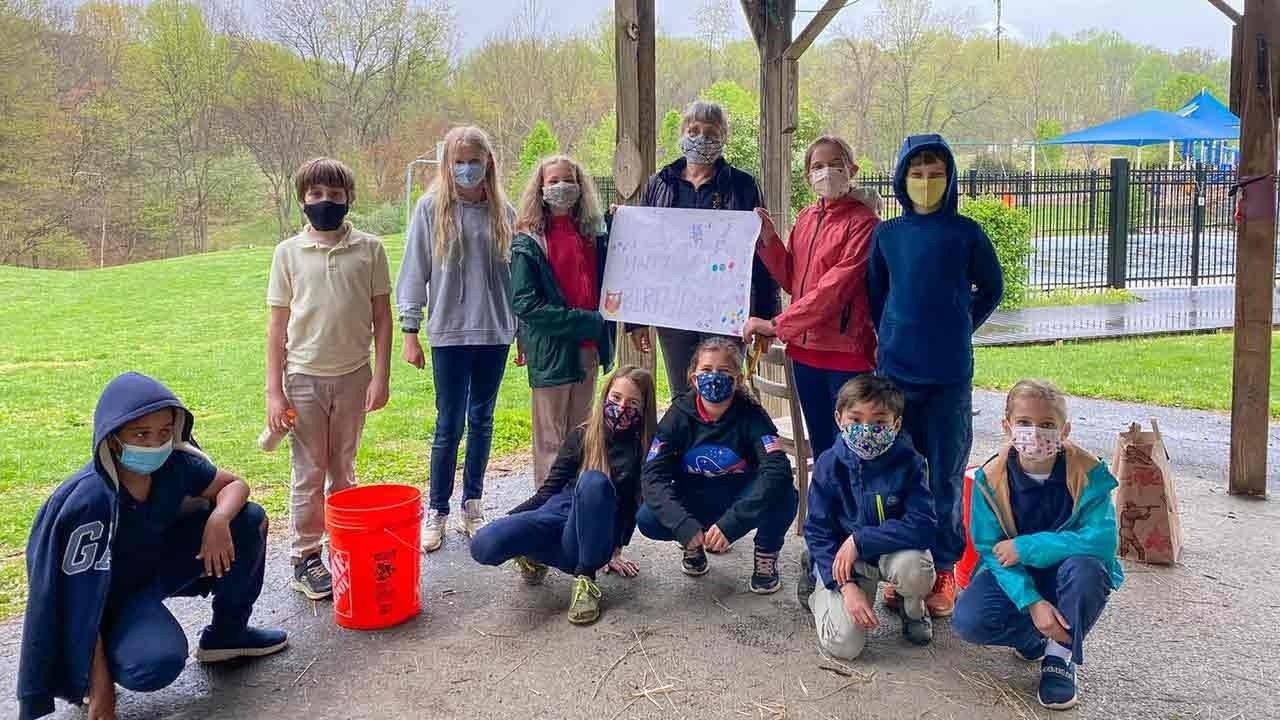
Compassion in the Upper Elementary
Sep 22, 2021“If human unity—which is a fact in nature—is going at last to be organized, it will be done only by an education that will give appreciation of all that has been done by human cooperation.”
~ Dr. Maria Montessori
In this year of considering the aspect of compassion in our daily lives, let’s look at the role it plays in conflict resolution at the Upper Elementary level. As adults, we learn life often brings disappointments in many forms that, no matter how trivial they appear, can lead to intense emotional responses, especially for children. Compassion, like empathy, requires awareness and acceptance of another person’s experience. However, compassion is about staying with a person in those difficult moments without absorbing the same emotions but actively trying to alleviate their frustration.
When dealing with children, how this is put into practice varies based on age and social maturity. Three components are necessary to support a child’s independent application of the conflict resolution process: self-awareness, recognizing personal similarities, and the ability to listen. In the Upper Elementary, we take a cue from the ancient tale of King Arthur and the Knights of the Round Table.
The Round Table was created by the wise wizard, Merlin, to symbolize the roundness of the universe. It was suitable for King Arthur and his knights because there was no 'head' of the table thus, all who were seated at the table had equal weight and equal say in matters. It centered on the belief that everyone is important and equally valuable. When used with children, this context allows for adult support if needed but lets the children take control of the conflict resolution process independently.

We use the following guidelines to help empower children to handle their own conflicts, rather than requiring the adult to play the constant role of referee:
TAKE A BREATHER
If children are too upset, it may not be productive to ask them to talk through a conflict right away. We give children the option to take some time apart to compose themselves. Once they are all calm, they can come together to talk through the problem.
DON’T FORCE APOLOGIES
Forcing children to apologize is simply not effective. If they’re not sorry, it’s asking them to be dishonest, and it also gives them a way to get out of discussing what really happened with the conflict.
KEEP THEM SAFE
Emotional conflict can be as hurtful as a physical one. Appropriate language must be used and centered on “I” statements. Of course, when children are involved in a physical conflict, we always step in to separate them and make sure both children are safe before talking through the conflict.
ASK GUIDING QUESTIONS
In Montessori classrooms, our role is to help children take turns talking and to ask guiding questions. The children almost always come up with their own solution, whether it’s to play a different game together, take a break from each other, or take turns using something. As long as it’s safe and within the rules, we let them experience what it’s like to solve their own conflicts.
AVOID JUDGEMENT
This is often the hardest part. We must remain as neutral as possible so that the children can truly own the conflict resolution process.

Our goal is to help children of all ages learn to navigate conflicts and social situations independently. This process takes practice however, handing over the responsibility for conflict resolution gives children a valuable opportunity to develop critical social skills as “an aid to life. Dr. Montessori believed if education could truly develop ethically and socially conscious men and women, whose moral senses had been developed as fully as their abilities to read and write, mankind could begin hoping for a more peaceful world.
~ Linda Wilson, Upper Elementary Guide

